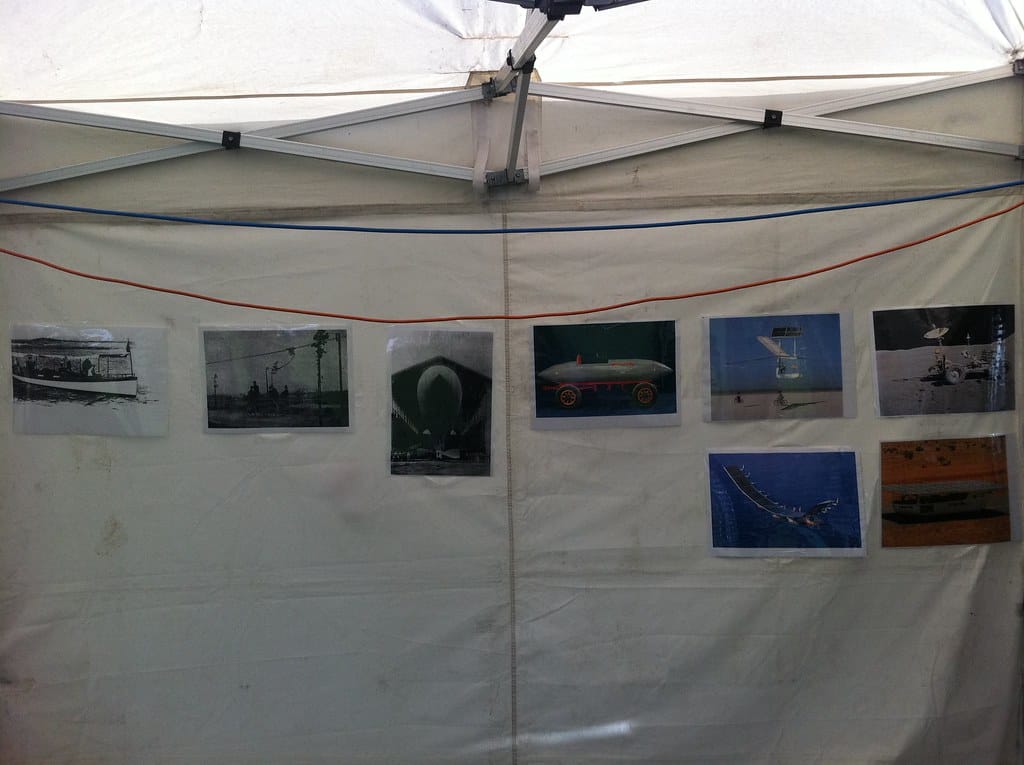All Aboard the Future: Why Rail's 200-Year Journey Points to a Green Renaissance
As railways celebrate their bicentennial milestone, a prestigious call from Nature magazine is turning heads across the transportation world. The scientific journal's recent editorial doesn't just commemorate two centuries of iron horses and steel rails—it makes a compelling case for why our climate-challenged future depends on reimagining rail as the backbone of sustainable mobility.
The Numbers Don't Lie: Rail's Climate Advantage
The environmental mathematics are stark and undeniable. Rail transport produces approximately 76% fewer carbon emissions per passenger-kilometer compared to aviation, and 80% less than individual car travel. For freight, the advantage is equally compelling—trains can move one ton of cargo 470 miles on just one gallon of fuel, making them four times more fuel-efficient than trucks.
With transportation accounting for nearly 30% of global greenhouse gas emissions, these figures represent more than statistical curiosities—they're a roadmap to climate action. The Nature editorial emphasizes that achieving net-zero emissions by 2050 isn't just about electrifying cars or developing sustainable aviation fuels; it requires a fundamental shift toward the most efficient mass transit system ever invented.
From Steam to Sustainability: Rail's Evolutionary Moment
The railway revolution began in 1825 with the Stockton and Darlington Railway in England, fundamentally reshaping human civilization. Today, we stand at another inflection point. Countries like China have demonstrated what's possible, building over 40,000 kilometers of high-speed rail in just two decades—more than the rest of the world combined.
Europe's rail renaissance offers equally inspiring examples. France's TGV network has not only reduced domestic flight demand by 30% on competing routes but has proven that high-speed rail can be both profitable and transformative for regional development. Switzerland's integrated rail system achieves a modal split where trains carry 17% of all passenger traffic—nearly triple the European average.
The Infrastructure Investment Imperative
The editorial's timing coincides with unprecedented infrastructure investment opportunities worldwide. The United States has allocated $66 billion for rail improvements in its Infrastructure Investment and Jobs Act, while the European Union's Trans-European Transport Network aims to create seamless rail connectivity across the continent by 2030.
However, Nature's editors argue that these investments, while substantial, still pale compared to highway spending. Globally, governments spend roughly ten times more on road infrastructure than rail, despite rail's superior efficiency and environmental benefits. This misallocation of resources perpetuates car-dependent development patterns that will be increasingly difficult to reverse.
Overcoming the Innovation Valley of Death
Modern rail faces unique challenges that the editorial identifies as both obstacles and opportunities. Aging infrastructure in developed countries requires massive modernization investments, while developing nations must balance rapid urbanization with sustainable transport choices.
Technology offers promising solutions. Battery-electric trains are eliminating the need for full electrification on rural routes, while hydrogen fuel cells promise zero-emission freight transport. Digital signaling systems can increase capacity on existing tracks by up to 40%, effectively expanding networks without laying new rails.
The integration of rail with other transport modes—what planners call "mobility as a service"—represents another frontier. Apps that seamlessly connect train journeys with bike-sharing, buses, and ride-sharing can make car-free travel more convenient than car ownership.
Global Lessons for Local Action
The editorial highlights successful models worth replicating. Japan's rail system demonstrates how private operation can coexist with public benefit, generating profits while maintaining world-class service. Switzerland shows how geography need not be destiny—a mountainous nation has built one of the world's most comprehensive rail networks. India's recent rail modernization proves that developing countries can leapfrog to advanced rail technology.
The Path Forward: Policy and Public Will
Nature's call for a rail renaissance ultimately rests on a simple premise: we already possess the technology for sustainable mass transportation. What's missing is the political will to prioritize long-term environmental benefits over short-term convenience.
The next decade will determine whether rail's third century builds on its revolutionary past or remains a footnote in transportation history. As the editorial concludes, the choice isn't just about trains—it's about whether we're serious about creating a sustainable future. Two hundred years after the first railway, all signs point to this venerable technology being surprisingly modern, remarkably relevant, and absolutely essential for the climate fight ahead.
The iron road to sustainability has been laid. Now we need the collective will to ride it.

